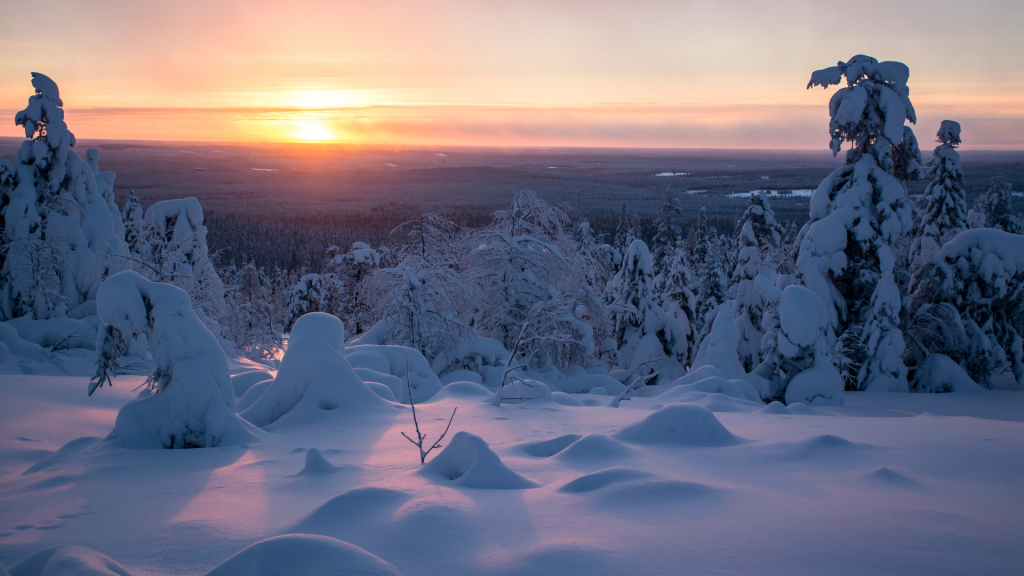
What Are Arctic Fires and What Causes Them
Some of nature’s best-kept secrets can cause fires, for example lightning storms fueled by dry weather. These storms blow across the planet’s land surface, often igniting fires that quickly grow out of control. To learn how fires spread and how much damage they can do, it is important to understand more about their causes.
Fires that start in the Arctic are not uncommon, and they are usually the result of natural occurrences or human accidents. In 2009, more than 100,000 acres burned in Canada’s Northwest Territories, and that fire caused a lot of controversies when it was reported that many locals got their first look at the fires from the windows of planes in the skies above their heads.
Around the world, many fires are set intentionally. However, some fires’ purpose is more curious. Some fires are caused by human activity in the Arctic, while others burn naturally. Fires in the Arctic can affect both the environment and the people who live there. However, scientists are working to understand better how fires affect the Arctic.
Arctic fires are a naturally occurring phenomenon that will start when dry air comes into contact with water. The result is an ice crystal formation, which causes a fire-like “flame.” The flame is powerful enough to actually melt the ice and spread across the surface, consuming anything in its path.
Arctic fires are a type of wildfire that occurs in the tundra or in regions covered with permanently frozen ground. According to the United States Geological Survey, Alaska is the state where the most fires occur. These tundra fires—more commonly called arctic fires—are most often caused by human activity.
Arctic fires—or, as they are officially called, taiga wildfires—are caused by a number of factors. For one, they are created by lightning strikes, which can reach temperatures of up to 1,000 degrees F. When snow thaws and heats up, it creates the perfect conditions for wildfires to start, which winds can then intensify. But in recent years, climate change has also had a major effect on the arctic fire seasons.
Arctic fires, also known as hoarfrost, occur when the temperature drops low enough for snow or ice to turn to ice crystals, which then expand and bond. These formations produce a uniform coating on the surrounding plants, animals, and soils, forming sparkly, sometimes fiery, ice. Snow and ice turn to hoarfrost when temperatures drop below 32 degrees Fahrenheit, or 0 Celsius, for an extended period of time, usually for a couple of weeks. Hoarfrost only occurs in regions that receive enough snowfall or ice cover to prevent snow from melting into water.
Arctic fires occur during the spring and summer months when conditions are right for fire to begin. These fires are the result of long cold winters and late springs, when vegetation thaws, creating a fuel source. Though these fires are usually sparked by lightning strikes this is not the only cause, as human negligence can also be a cause of Arctic fires.
Arctic fires, also known as tundra fires, are quite common when temperatures are warm. These fires occur on the tundra, which is a tundra with lots of vegetation, especially sedges and grasses that grow in moist soil. The tundra is grassland that is covered with a thick, insulating blanket of moss and lichen, which traps soil moisture. The moisture helps sedges grow, and sedges contain chemicals that attract birds, which eat the sedges and spread the seeds. When the tundra burns, the sedges, and the mosses burn along with the fuel beneath them. Again, tundra fires are most often a result of lightning strikes and are a natural part of the ecosystem.
Arctic fires occur in the polar regions and are particularly common in Siberia and Alaska. These fires burn through permafrost, which is a type of soil that is formed through frozen precipitation and is formed below approximately 20 meters (65 feet) of earth. Permafrost is unusual in that it is below freezing year-round but remains permanently frozen. Permafrost cover in the northern hemisphere ranges from 10 to 50 meters (33 to 164 feet) thick, and the extent of permafrost in the northern hemisphere is approximately 2,000 million square kilometers (780 million square miles).



